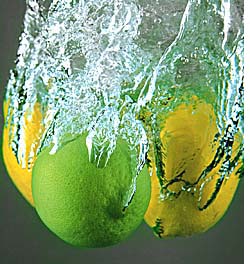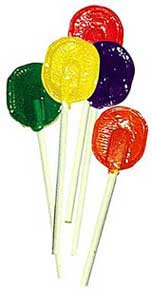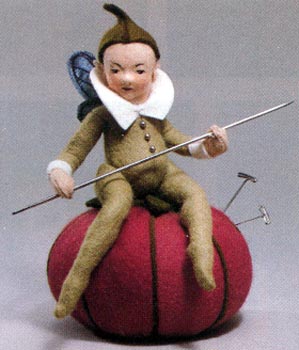


|

|
 On
the fifth day, my camera's battery was completely dead, and I didn't want
to miss the moment of victory, so I decided to charge the battery and
continue the quest for fire on Thursday. On
the fifth day, my camera's battery was completely dead, and I didn't want
to miss the moment of victory, so I decided to charge the battery and
continue the quest for fire on Thursday.The following text and photos are here to confuse people with a high-speed connection that don't read this and only skim through, looking at the photos. You should skip to day six. |
|

Paper dimensions will be more important than size. This tutorial will assume you're using 8 1/2 by 11 inch paper but satisfactory results can be obtained using either smaller or larger sheets. Remember that thickness is also a dimension of paper. Smaller sheets of paper can be thinner without compromising performance. Larger sheets should be thicker in order to hold a stiff enough surface to fly. A large, very thin sheet of paper will produce a floppy model. |
|

Sit down at a table with enough space to set your paper down. You want a firm, smooth area to work on. By taking care that the folds are straight and sharp, you'll increase your chances of making a straight-flying model. For the purposes of this tutorial, let's fold the paper either the long way (the fold extends to the short edges) or the short way (the fold extends to the long edges). These terms should also cover those of us with metric paper or odd-sized rejection slips. |
|
Method 1: The Flying Dart |
|
|
Making sharp folds is crucial for quality airplane design. However, be certain the fold is in the right place, because a well-creased but misplaced fold can cause other flight problems. |
|
|
Method 2: The Basic Glider This airplane requires a few more folds than the Dart to hold it all together, but the Glider will hang in the air much longer and perform better. One distinctive feature of this airplane is its blunt-ended nose.
|
|
other incredible stuff | home
Contact Rob
Sept 3, 2001.